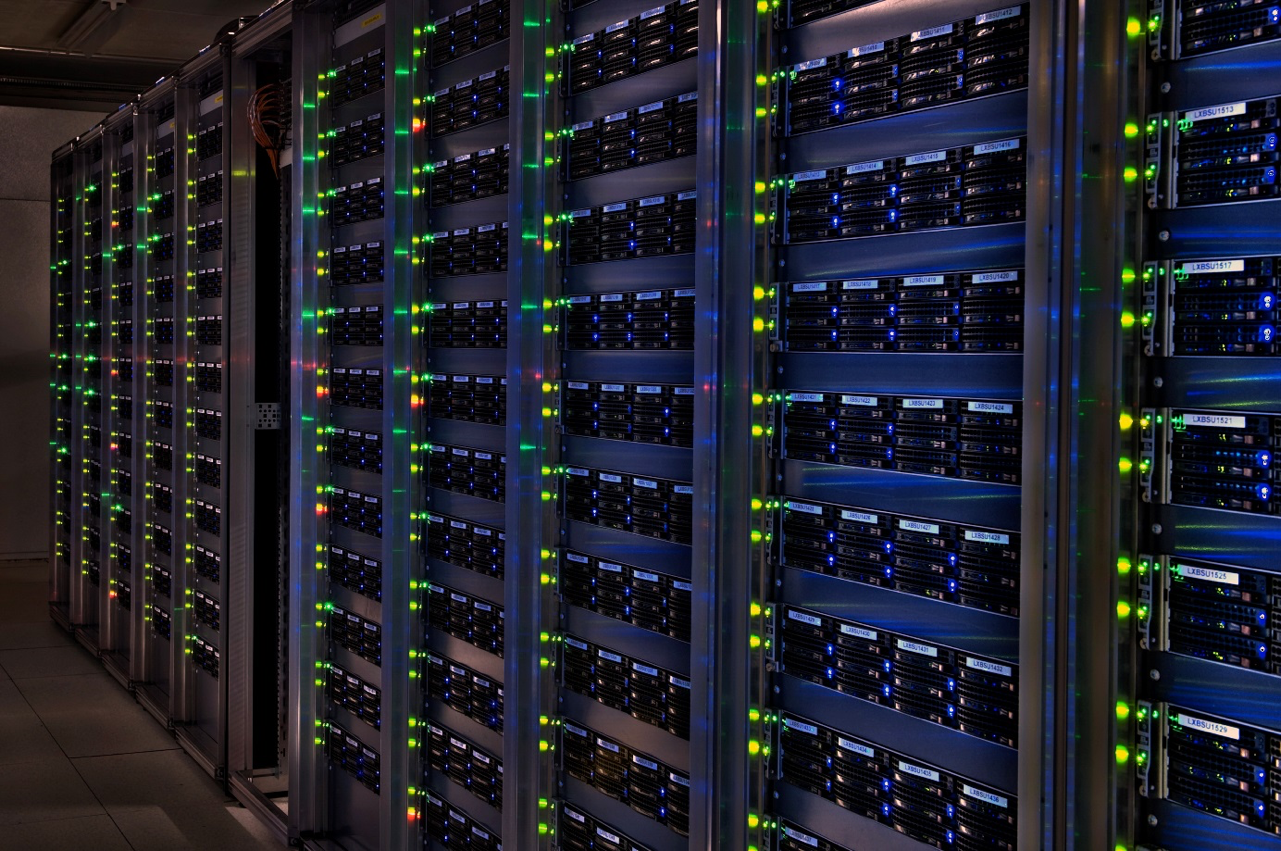The activation of material is often an important issue for all environments exposed to accelerator beams. It has considerable impact on safety and handling constraints. One of the key parameters responsible for activation is the chemical composition of the material involved which can often be optimized in order to reduce material activation. However, this is a quite complex and time consuming task which requires considerable expertise in the field of radiation protection. The ActiWiz software has been developed with the aim to hide this complexity by reducing the problem to the definition of a few input parameters via a graphical user interface. Based on a large amount of generic FLUKA Monte Carlo simulations the software applies a specifically developed risk assessment model to provide support to decision makers for choosing materials with low(er) activation risks. In addition to using the software, a catalogue providing a reference of the radiological risk of large number of typical construction materials has been compiled and can be made available to interested parties.
The latest licensee of ActiWiz is ARRONAX, a hybrid public/private organisation that collaborates closely with ANDRA, the French national radioactive waste management agency. Assisting ARRONAX in waste management with expertise and tools like ActiWiz promotes the methods and tools used at CERN, which could lead to wider adoption, by the authorities. This would be an important step for CERN and the community.
Platforms
Windows Vista, Windows 7, Windows 8
Publications
- H. VINCKE, C. THEIS - ActiWiz – Optimizing your Nuclide Inventory at Proton Accelerators with a Computer Code; Proceedings of the ICRS12 conference, 2012, Nara, Japan, Progress in Nuclear Science and Technology, accepted for publication (2013).
Advantages & Applications
Applications
ActiWiz allows for fast relative comparisons of the radiological hazard presented by various materials used in high energy particle accelerators, thus allowing the user to experiment with different compositions. It was conceived for the CERN accelerator complex but can be applied to similar accelerator environments. Materials can be easily defined by the user based on a collection of fundamental components like chemical elements. Subsequently the user can readily compare the resulting radiological hazard of several materials for various irradiation scenarios typically encountered at high-energy proton accelerators.
Advantages
- Easy and fast assessment of the radiological hazard exhibited by user-defined materials used in high-energy proton accelerator environments
- Risk model can be tuned to reflect operational schedule/cycle of the accelerator facility
- Material composition can be easily changed and the impact of impurities can be assessed very quickly
- Determination of nuclide inventories and dominating isotopes available on request
Limitations
The assessment is limited to pre-defined generic irradiation scenarios. The currently comprised radiation environments reflect CERN’s high-energy proton accelerators and the parameters of the risk model are tailored specifically for CERN’s accelerator operation/maintenance cycle. Adaptation to different radiation fields and operation cycles is possible. The required time and effort need to be assessed on a case-by-case basis. For further information please refer to the KT contact in this document.

